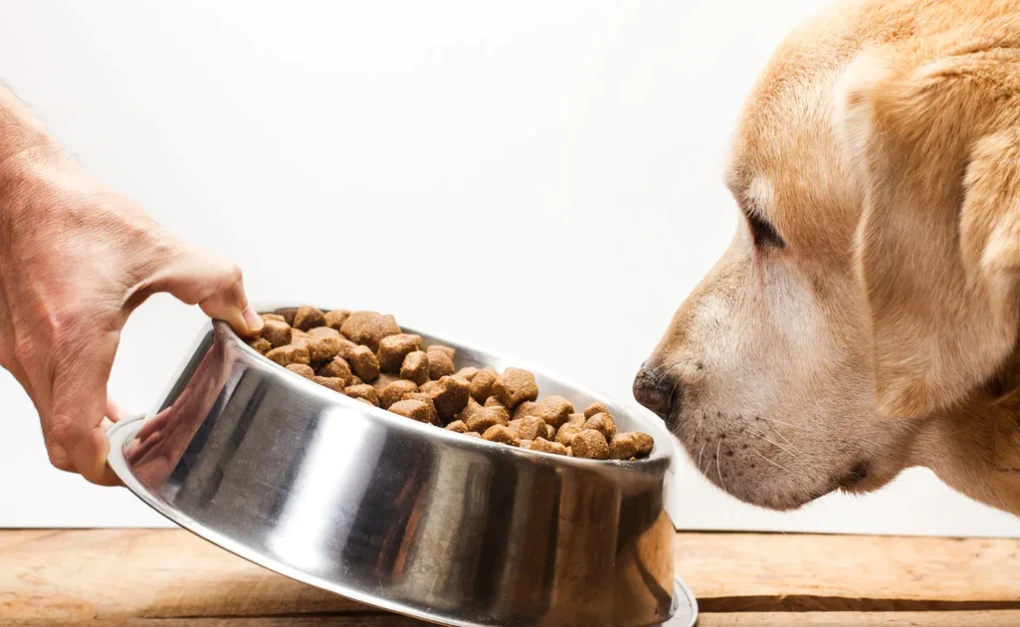Can Giving a Dog Different Food Make Them Sick?

Yes, changing a dog's food abruptly can lead to various health issues and discomfort. In this blog post, we will explore the dangers of switching dog food too quickly and provide essential tips and tricks for finding the proper food for your dog. Additionally, we will discuss the importance of a gradual transition when introducing new food to your canine friend.
Problems with Changing Food Too Quickly
When we hastily switch our dog's food, we often overlook the fact that their sensitive digestive systems require time to adjust. The consequences of a rapid transition can range from digestive upset to more severe symptoms like vomiting and hunger strikes. Diarrhea is a common sign that the change has been too sudden, causing their bodies to struggle with adaptation. Moreover, constipation can occur due to higher fiber content in the new diet or inadequate water intake. Excessive gas, farts that could clear a room, and a decreased appetite are additional problems associated with abrupt changes in a dog's food.
Finding the Proper Food for Your Dog
Choosing the right dog food can be a daunting task due to the vast array of options available. It is essential to consider factors such as your dog's age, health condition, and personal preferences. To make informed decisions, rely on reputable sources and consult with your veterinarian. Below we will provide some key points to consider when finding the proper food for your furry friend. We also have a full guide about FINDING THE PROPER FOOD FOR YOUR DOG as well as an entire RECIPIE GUIDE if you are interested in creating homemade fresh food for your dog.
- Research and educate yourself about canine nutrition, but rely on your veterinarian as the best resource.
- Read dog food labels carefully, look for high-quality ingredients, and avoid excessive fillers and preservatives.
- Allow your dog to try samples or take advantage of money-back guarantees before finalizing your decision.
- Transition your dog to a new food gradually (see below), monitoring their response and consulting a vet if needed.
- Consider periodically rotating diets or offering variety to prevent boredom and potential allergies or diseases.
- Remember that each dog is unique, and consult your veterinarian for personalized recommendations.
Transitioning a Dog to New Food
To avoid gastrointestinal upset and ensure a smooth transition, it is crucial to introduce new food gradually. This transition period typically spans over 5-7 days, allowing your dog's system to adapt to the change. The recommended transition plan involves gradually increasing the proportion of the new food while reducing the old food. For example:
- Day 1-3: 25% new food mixed with 75% old food
- Day 4-6: 50% new food and 50% old food
- Day 7-10: 75% new food with 25% old food
- After that, you can continue with 100% of the new food.
Dogs with sensitive stomachs, food allergies, or gastrointestinal disorders may require a longer transitional period. It is crucial to monitor your dog's response during the transition and adjust accordingly. If your dog experiences concerning symptoms such as changes in appetite, vomiting, or diarrhea, slow down the transition process. If issues persist, it is always best to consult with your veterinarian, who can provide tailored guidance and recommendations.